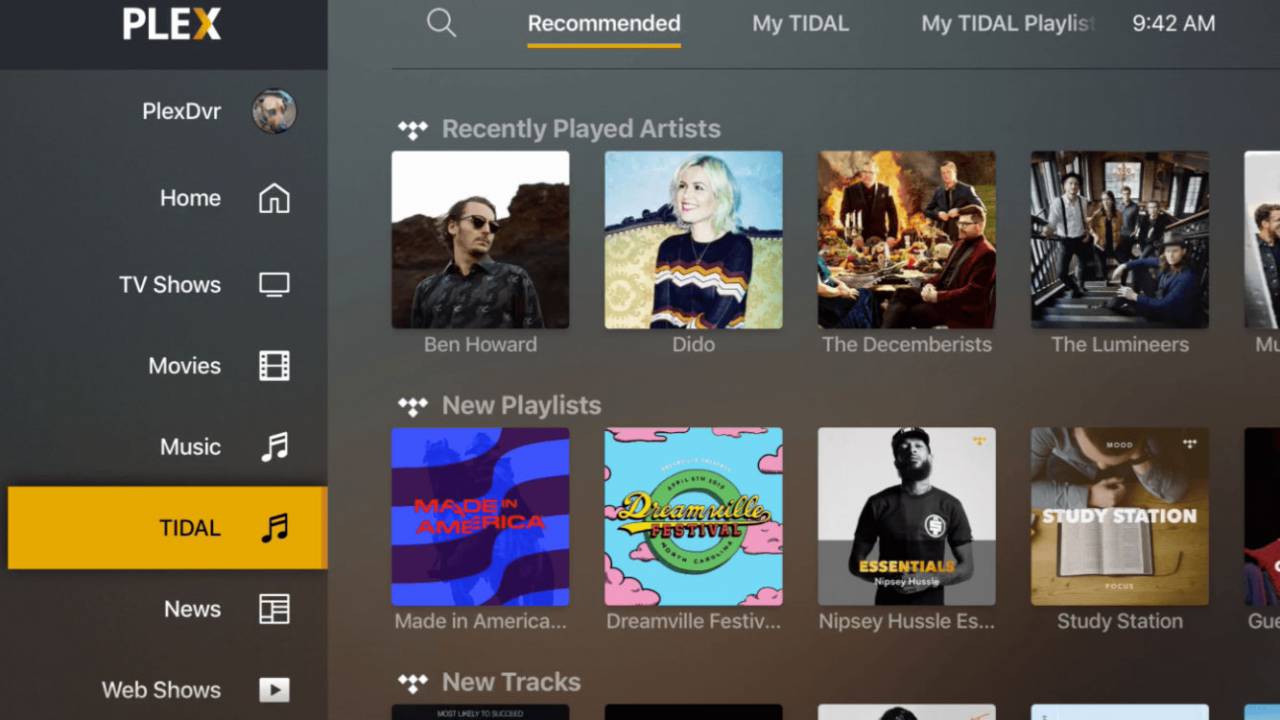

Plex is compatible with most streaming devices, including Android TV, Apple TV, Fire TV, and Roku. Whether you want to stream movies from your computer, or watch TV on your new Samsung TV, the Plex app is available for download from the Google Play Store. READ ALSO: How to Change Samsung TV Location? Is Plex Free on Samsung TV? You can install the app through Apple App Store or Google Play Store, but remember to have the same internet connection as you do on your computer. Once you have done this, you can start watching Plex content on your Samsung TV. Once you have downloaded the app, you must sign in using your email and password. To install Plex on your Samsung TV, you must first download the Plex app for your smartphone.

You can even record local shows and news. You can watch more than 250 live TV channels and fifty thousand on-demand movies. The Plex application is supported by the Samsung Smart TV range, which means that it will work with your TV.

You will need to install PlexMEDIASERVER on your PC or NAS before you can install Plex on your Samsung TV. The Plex media server is a great way to organize and play all of your media from anywhere. If you’re wondering how to install Plex on your Samsung TV, you’ve come to the right place. What Apps Can You Add to Samsung Smart TV?.After running this test, the amount of image retention didn't decrease at all in fact, it looked even worse than our 2-month update photos, as the TVs had been running the regular CNN schedule for about a month between our 2-month update and when we started this extra test. We ran the retention clearing video for about a week (126 hours), following our regular test schedule to allow the TVs to run their compensation cycles. The Samsung S95B OLED and the Sony A95K OLED are both showing image retention, but is it burn-in? To test this theory, we decided to run a video of alternating colored slides instead of the CNN feed to see if it would reduce image retention on these two TVs. The LG C7s in our real-life burn-in test didn't show any burn-in this early in the test, so does this mean that QD-OLEDs are worse even than the older generation of WOLED panels? What about the impact on PC users, especially given the popularity of QD-OLED displays for monitors (like the Dell Alienware AW3423DW or the Samsung Odyssey OLED G8/G85SB S34BG85)? Should PC users, or anyone really, avoid QD-OLED displays until the burn-in problem is resolved?īefore we can answer those questions, we first need to determine what's going on with these TVs. These results bring up a few interesting questions. After two months, the two QD-OLED displays on this test (Samsung S95B OLED and the Sony A95K) are both showing signs of possible permanent image retention (burn-in), but the LG WOLED TVs like the LG C2 OLED and the LG G2 OLED are clean.


 0 kommentar(er)
0 kommentar(er)
